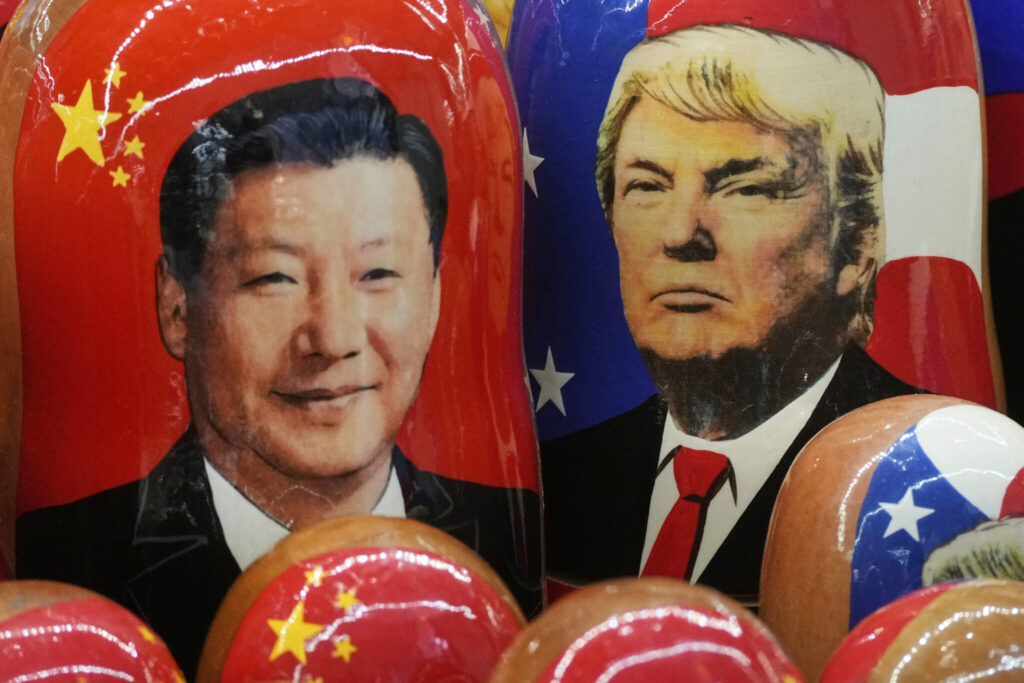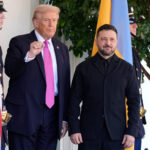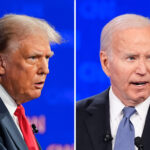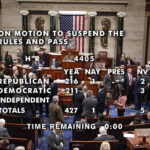US and China Extend Trade Truce by 90 Days/ Newslooks/ WASHINGTON/ J. Mansour/ Morning Edition/ The United States and China have extended their trade truce for 90 more days, delaying a potential escalation in tariffs between the world’s largest economies. President Trump signed the executive order as Beijing announced parallel measures to pause its retaliatory tariffs. The extension offers negotiators time to address disputes over market access, rare earths, and fentanyl agreements.
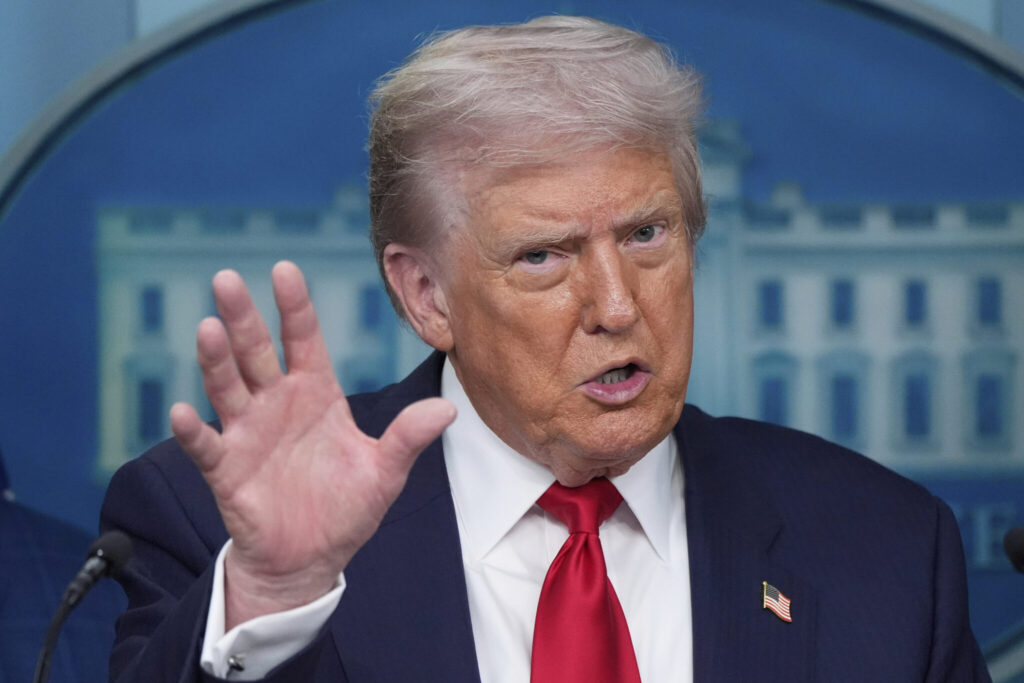
US-China Trade Truce Quick Looks
- Trade truce extended another 90 days to avoid tariff escalation.
- Trump signs executive order; China announces matching tariff pause.
- Previous deadline would have triggered U.S. tariffs over 30%.
- Businesses welcome pause as critical for long-term planning.
- Beijing eases export restrictions on some U.S. firms.
- Tariffs between the two nations remain historically high.
- Rare earth access and fentanyl agreements remain key bargaining chips.
- Past tariffs reached as high as 145% before May rollback.
- Negotiators still divided on intellectual property, subsidies, and industrial policy.
- Experts warn trade war could continue for years.
US and China Extend Trade Truce by 90 Days
Deep Look
President Donald Trump and Chinese President Xi Jinping have agreed to extend the U.S.–China trade truce for an additional 90 days, preventing a fresh escalation in tariffs that threatened to deepen the economic standoff between the world’s two largest economies.
Trump confirmed the move on his Truth Social account Monday, writing that he had signed an executive order maintaining “all other elements of the Agreement” and delaying the deadline that had been set for 12:01 a.m. Tuesday. China’s Ministry of Commerce issued a parallel statement confirming its own extension of tariff relief.
Without the extension, the United States could have increased its import taxes on Chinese goods beyond the already steep 30%, while Beijing was prepared to raise retaliatory tariffs on American exports. The pause has been welcomed by U.S. companies with deep ties to China, offering breathing room for negotiations and potentially paving the way for a Trump–Xi summit later in the year.
Sean Stein, president of the U.S.-China Business Council, called the decision “critical,” noting that businesses need a stable trade environment to plan for the medium and long term. He also emphasized that agreements on fentanyl production and reciprocal tariff reductions are essential to restarting U.S. agricultural and energy exports to China.
China Offers Limited Concessions
Alongside the truce, Beijing announced it would relax restrictions on certain U.S. companies targeted earlier this year. After Trump’s initial tariff announcement in April, China had added some American firms to its export control and “unreliable entities” lists, restricting their ability to trade or invest in China. The Ministry of Commerce said those restrictions would be lifted for some companies and extended for others, matching the 90-day timeline.
Reaching a comprehensive trade deal with China remains a top priority for Trump, whose aggressive tariff strategy has already reshaped the global trading system. Allies such as Japan and the European Union have reluctantly accepted U.S. tariffs as high as 15% to avoid even harsher penalties.
Tariff Tensions at Historic Levels
The United States, once known for low trade barriers, now imposes average tariffs of 18.6%, the highest since 1933, according to Yale University’s Budget Lab. China has retaliated with its own economic weapons, notably restricting access to rare earth minerals essential for high-tech industries, electric vehicles, and defense systems.
In June, the two countries reached a limited easing agreement: Washington rolled back export restrictions on chip technology and ethane, while Beijing pledged to improve U.S. access to rare earths.
A Pattern of Escalation and Retreat
Earlier in May, the nations narrowly avoided a near-complete breakdown in trade after triple-digit tariffs — up to 145% on Chinese goods and 125% on U.S. goods — rattled global markets. That standoff ended in Geneva, where negotiators agreed to reduce tariffs to 30% for U.S. imports from China and 10% for Chinese imports from the United States.
Despite these steps, analysts say the cycle of escalation and temporary pauses is unlikely to end soon.
“By overestimating the ability of steep tariffs to induce economic concessions from China, the Trump administration has underscored the limits of unilateral U.S. leverage,” said Ali Wyne of the International Crisis Group.
Unresolved Core Disputes
Key issues remain unsettled. The U.S. continues to press China on intellectual property protection, state subsidies, and industrial policies that American officials say give Chinese companies unfair advantages. The U.S. trade deficit with China reached $262 billion last year, a figure the administration frequently cites as evidence of imbalance.
Former U.S. trade representative for China affairs Claire Reade expects only modest breakthroughs in the near term, such as increased Chinese purchases of U.S. soybeans, commitments to curb the flow of chemicals used in fentanyl production, and assurances on rare earth exports.
The more complex disputes, she warns, will linger for years. Jeff Moon, a former U.S. diplomat and trade official, agrees: “The trade war will continue grinding ahead for years into the future.”
For now, the 90-day extension represents a fragile pause rather than a resolution — one that buys negotiators time but leaves the fundamental rivalry between Washington and Beijing unresolved.

